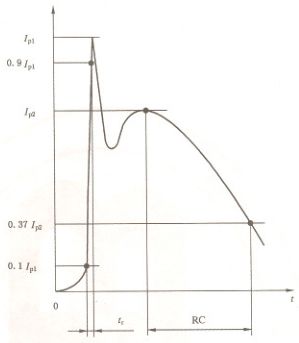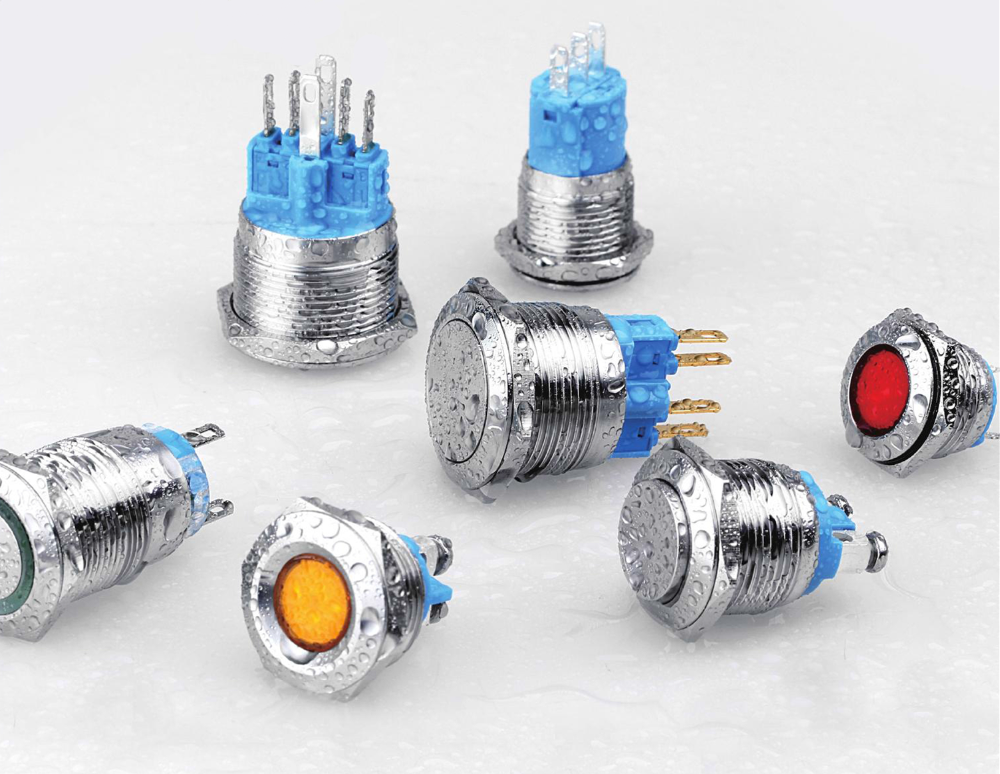EMC has many test items, among which the ESD simulation test has a very special feature. This test except for the fixed test bench, all other test procedures are done by humans. Therefore, it can be said that in the ESD simulation test, man-made bad operation is a non-negligible factor that affects the test results and needs attention. 1. Selection of discharge head parameters of electrostatic generator (discharge resistance and energy storage capacitor) 1. IEC61000-4-2 / ​​GBT17626.2, this standard is a general standard used for ESD simulation testing of electronic and electrical equipment, and meets most product testing situations. Some products have special product standards, which are also based on this standard. The selected component parameters are 150PF and 330Ω. This capacitance parameter is the nominal value of the energy storage capacitor of the human body capacitance; the resistance parameter is the source resistance when the human body holds a metal object such as a key or metal tool. This kind of metal discharge is sufficient to strictly represent the discharge of various personnel on site, unless otherwise specified, otherwise all follow this parameter. 2. ISO10605 / GBT19951 test method for electrical disturbance caused by electrostatic discharge of road vehicles. Different capacitances, voltages, and resistances characterize the different characteristics of people as static charge sources in the automotive environment. Need to use capacitors 330PF and 150PF two discharge ends, resistance is 2000Ω. For the whole vehicle, Figures a and b will be used in the whole vehicle experiment, in which 330PF and 2000Ω are used to test all the discharge points that can be touched in the car. 150PF and 2000Ω are used to test the discharge points that can be easily reached when standing outside and entering the vehicle. For the test of automotive electronic modules such as: navigation, etc., use 150PF, 2000Ω discharge terminal. 3. The human body discharge mode (EIA / JESD22-A114-A) is to simulate the static electricity accumulated on the human body due to the friction of the human body walking on the ground or other factors. The foot enters the IC, and then the IC discharges to the ground. Different HBM electrostatic voltage will produce different instantaneous discharge current time relationship. 4. Machine discharge mode (EIAJ-IC-121 method20). Machines that simulate metal accumulate static electricity. When the machine touches the IC, it enters the IC and discharges to the ground from the IC pin. Since the machine is metal, the equivalent resistance is 0Ω, the discharge process is very fast, and the instantaneous current is much larger than HBM. As can be seen from the above, the scope of application of points 3 and 4 is electronic components. It can be seen that different parameters of the discharge terminal have an influence on the test results, and the RC time constant has changed. For example, the RC time constant of 300PF and 2000Ω discharge terminal is 600ns ± 130ns. In fact, it will be more destructive to the protective device. 2 Selection of contact discharge and air discharge locations Unless otherwise specified in the product standard, electrostatic discharge is applied only to the points and surfaces of the device under test that are accessible during normal use. Contact discharge can reach the discharge point that can be touched (usually it is a guide body, which can be measured with the diode file of a multimeter), and air discharge can not touch the discharge point (such as insulation gap). The following situations are not tested: 1. Points and surfaces that were only touched during repairs and maintenance. 2. Points and faces that can no longer be touched after the equipment is installed and fixed or used according to the instructions. 3. Due to functional requirements, it is sensitive to electrostatic discharge and has electrostatic warning labels. 4. The point (signal pin) that can be contacted by the coaxial connector and the multi-core connector whose shell is metal. In this case, only the metal shell is discharged by contact, and if it is a non-conductive material, only air discharge is performed. For the enclosure in point 4 above, consider the following 6 situations: 3 test notes 1. The discharge head should be perpendicular to the surface of the tested position to ensure repeatability. 2. The contact discharge must ensure that the discharge tip is in good contact with the conductor surface, and there must be no gaps, otherwise arcing will occur, which will seriously affect the test results. 3. When the air is discharged, the discharge end needs to be at least 15mm away from the device under test, close the switch, and then close to the test point until the discharge. Never place the circular discharge head directly on the test point, and remove the discharge head after discharge. A single discharge must be formed, because the waveform of the single discharge conforms to the standard waveform (some electrostatic guns will always discharge as long as the switch is pressed). Slowly approaching can also reduce multiple discharges, low potential discharge, and avoid strong electric field interference to affect the test results. 4. When testing a product, you should first confirm the location of contact or air discharge, first test one polarity, and then test the other polarity after completion. 5. In the air discharge test, some insulation points can not be discharged, so you do not need to test at the current test level. Unless there is a higher level requirement, the previous steps will be repeated. 6. For the case where the surface of the discharge point is painted, the following operating procedures should be used: If the equipment manufacturer does not specify that the paint is an insulating layer, the paint needs to be scraped off to allow the discharge head to contact the conductive layer; if it is specified as an insulating layer, only air discharge should be carried out, and contact discharge should not be carried out. 4 Test result judgment 1. General standards CLASS A) Normal performance within the limits specified by the manufacturer, client or purchaser; CLASS B) The function or performance is temporarily lost or reduced, but it can recover itself after the harassment stops without operator intervention; CLASS C) The function or performance is temporarily lost or reduced, but it needs operator intervention to recover; CLASS D) Loss of irrecoverable functionality or reduced performance due to damage to equipment hardware or software, or loss of data. 2. Road vehicles Class A: The equipment or system can perform all the pre-designed functions during and after being exposed to interference. Class B: The equipment or system can perform all the functions of its design during the exposure to interference, but one or more of the deviations are exceeded, but it will recover after the interference is removed. Category C: The equipment or system cannot perform one or more functions of the design while it is exposed to interference, but recovers itself after removing the interference. Class D: The device or system cannot perform one or more functions of the design during the exposure to interference, and it can recover by simple operation and reset after removing the interference. Class E: Equipment or system cannot perform one or more functions of the design during and after being exposed to interference, and cannot be restored without repair or replacement.
Metal Push Button Switch
Yeswitch Metal Push Button Switches, also call Push Button Switch , is the most popular switches around the Switch Industry. This Illuminated Push Button Switch can be found on valuable machine and public ticket dispenser applications, along with other industrial type applications that require vandal resistance in a public setting
Our Push Button Switches are available in 19mm, 22mm and 25mm installation size . We have Momentary Push Button Switch and self -lock metal switches, which mechanical life could respectively reach 1,000,000 and 500,000 cycles. This metal switches are normally made of stainless, brass with mirror chrome plated, brass with nickel plated, AL alloy and other Industrial materials.
On the items of button type, We also offer flat, high and round with LED light for our customers to choose from. Meanwhile, this metal switches could equip with LED light, which have Various color . What worthy to be mentioned is that we could offer double color LED light, like red&green,red&and blue, red& and yellow,etc. In addition,the light type could be without LED,ring(fixed),sport, ring(moveable).
The advantage of this switches is that its water resistance to IP67 ratings, and have TUV, European and American environmental protection RoHS and lead-free environmental protection certification . Furthermost, its operation temperature could range from -20-85, which indicates that this metal switch could work in the very hash environment with .
The terminals of our Metal Switches could be silver,gold cover silver and gold,which have very excellent electrical conductivity could greatly support all kinds of equipment and facility. Meanwhile, our Anti Vandal Switches have multi-function to be choose from, you could choose the proper function for your equipment or products.
Metal Switches,Metal Light Switch,Stainless Steel Push Button Switch,Small Metal Push Button Switch YESWITCH ELECTRONICS CO., LTD. , https://www.yeswitches.com









